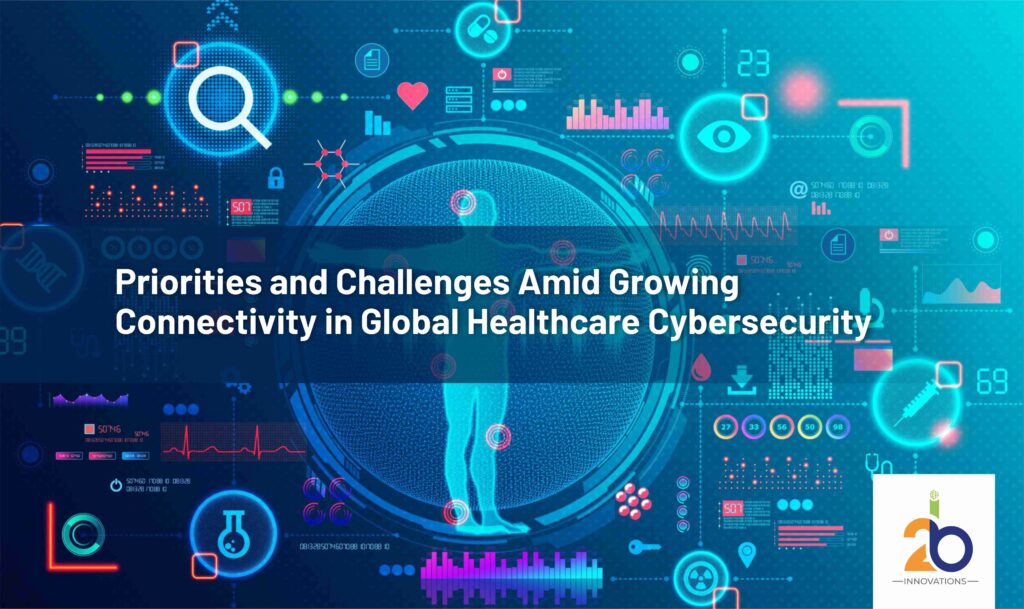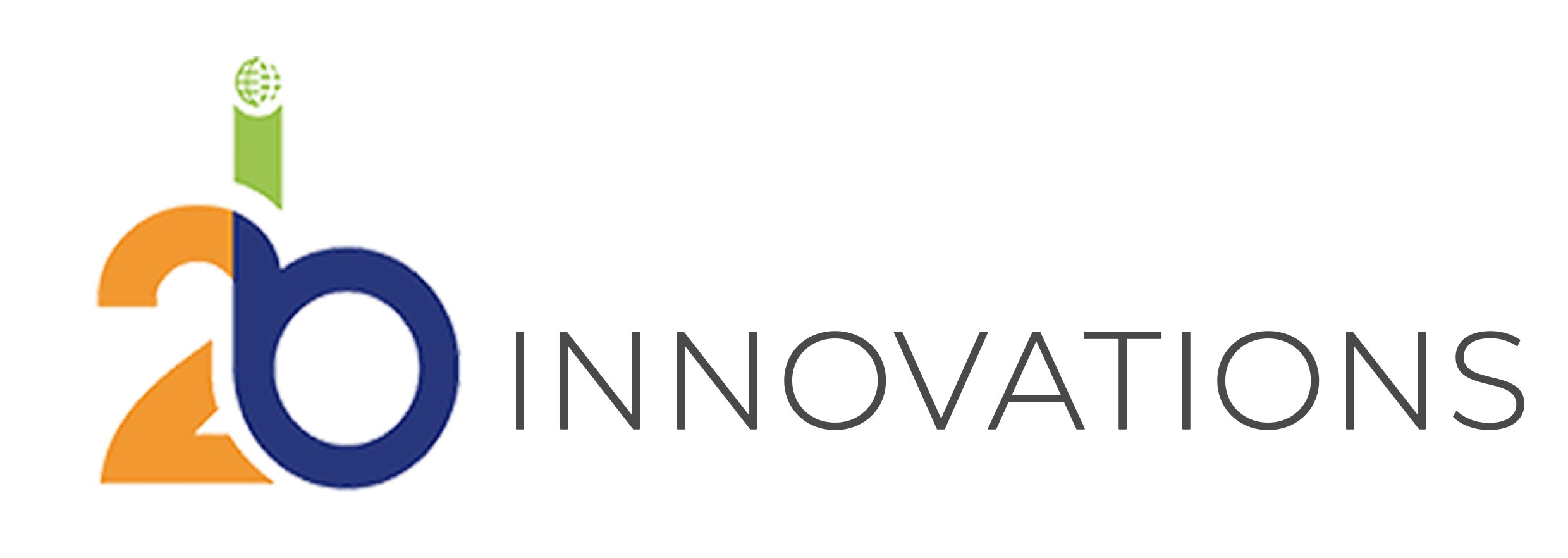
The ongoing wave of digital transformation has led to constant growth across the healthcare sector with the help of advancements in connected medical devices and clinical workflows. Along with this, digital transformation has led to an increase in cybersecurity risks which surpasses the advantages to the patients and the society as a whole with the help of the digital transformation. In recent years, the healthcare sector has been facing consistently unparalleled challenges with these risks. According to recent data, there have been persistent cyberattacks in 2023.
Notably, to have a good knowledge of how healthcare organizations are managing the cybersecurity challenges that are arising from the digital transformation, 2B Innovations initiated an independent global survey of 1,100 cybersecurity, with the help of IT and networking professionals who are completely dedicated to the healthcare sector. The outcome of this survey is available in our latest report, The Global Cybersecurity Study: Priorities and Challenges among escalating cyber-physical connectivity.
The highlights of this report are as follows:
Healthcare sectors are worried about cybersecurity incidents, due to an intimidating effect on cyber-physical systems or CPS and also due to the increase in ransom payments.
- At least 78% of respondents globally experienced at least one cybersecurity incident in the past year.
- 47% of the respondents stated that they have faced at least one incident that had an impact on cyber-physical systems which includes medical devices and/or building management system devices.
- The financial implications were mainly between the $100,000 – USD 1,000,000 range where 26% reported that they were paying ransoms.
Organizations have also started to increase their cybersecurity budgets to reduce the increasing threats
- 51% of the respondents of the survey reported an increment in their security budget globally.
- Among their key priorities, mending vulnerabilities in medical devices tops the list of gaps to be filled, along with asset inventory management, and segmentation of medical devices.
However, employing cybersecurity personnel has proved to be difficult and expensive, therefore, saving money is very important.
- According to the survey, more than 70% of organizations are wanting to hire cybersecurity personnel. However, 80% of these 75% of organizations find it difficult to find good and qualified candidates.
- According to the respondents, enhancing the use of devices is a crucial measure in reducing costs.
Organizations have thankfully started to focus on cybersecurity regulations and standards which have fueled the progress.
- Regulatory developments, such as mandatory incident reporting, are said to be the most important external factor that influences organizations’ overall cybersecurity strategy.
- Respondents found the NIST and HITRUST Cybersecurity Frameworks to be the most important to their organizations, globally.
To summarize, the survey showed that healthcare organizations are increasingly focusing on cybersecurity and compliance. However, given the pervasiveness, diversity, and impact of these attacks, there are opportunities to strengthen their security programs further to ensure cyber and operational resilience. According to Yaniv Vardi, CEO of 2B Innovations, “The healthcare industry has a lot working against it on the cybersecurity front—a rapidly expanding attack surface, outdated legacy technology, budget constraints, and a global cyber talent shortage. Our research shows that healthcare delivery organizations need the full support of the cyber industry and regulatory bodies to defend medical devices from mounting threats and protect patient safety.”
As the survey shows, healthcare organizations are moving on the right path and are ensuring cyber and operational resilience with strong security leadership in place, well-rounded security programs implemented, and adherence to guidelines and frameworks from regulatory bodies. They have also understood that this is not enough and they have to work more. Therefore, they have started prioritizing investing in people, processes, and technologies to build plasticity and make sure that compliance is maintained while delivering uninterrupted and good care to the patients. Organizations can also get the tools they require to solve the industry challenges and ensure a protected healthcare environment with the help of CPS security providers like 2B Innovations.



